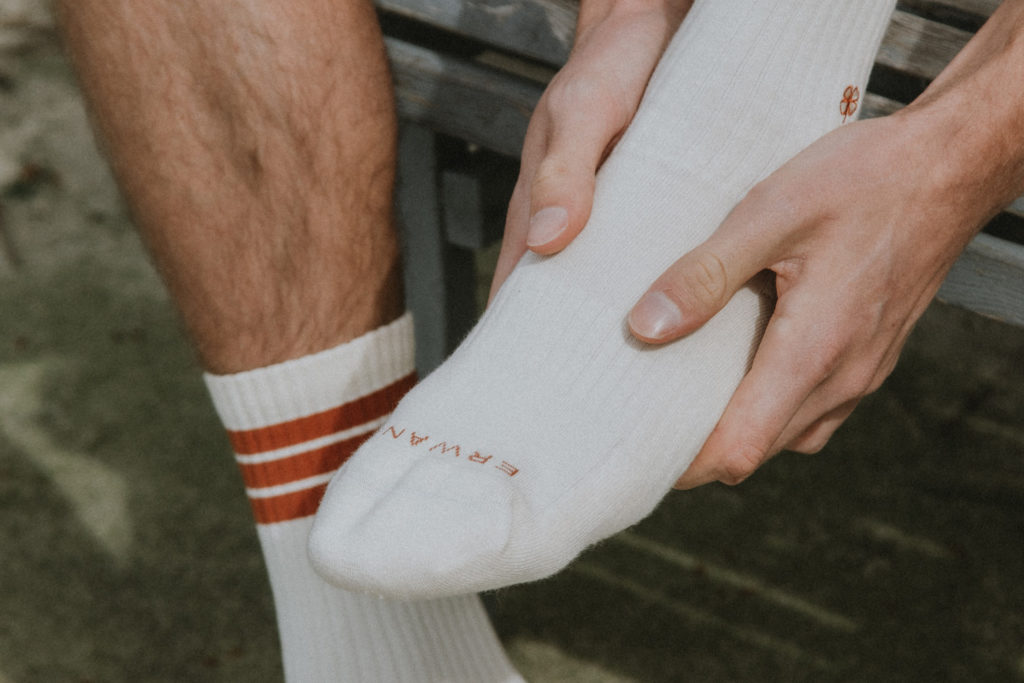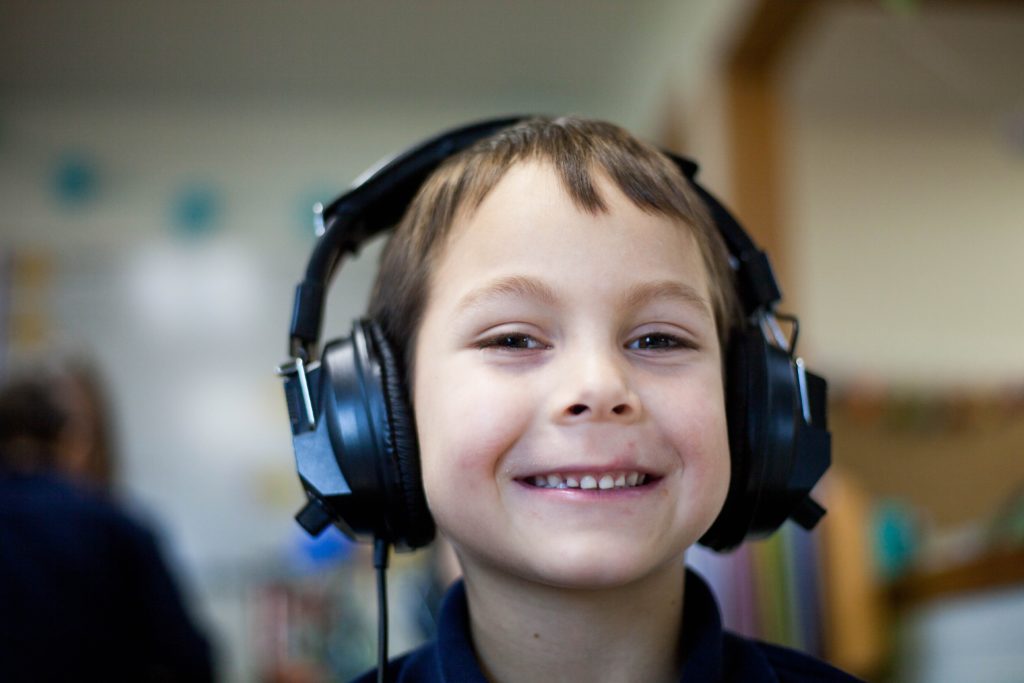Our Blog
09.13.2021
Six Primary Communication Functions of AAC
The number of topics an individual communicates about each day is extensive. Communication helps us form and maintain relationships, express likes/dislikes or wants, ask and respond to questions, etc. These skills are just as important for individuals who use augmentative and alternative communication (AAC) systems as they are for you or me. Similar to us,

08.30.2021
Social Emotional Learning
There is a lot of talk in the world today about Social Emotional Learning or SEL, as well as social topics. We also see and hear from clients daily about their child’s behavior and the idea of the iceberg analogy when speaking about behavior. Here is an occupational therapist’s perspective about this topic. Occupational therapy

08.16.2021
Sprain, Strain, and Severity: What Does it all Mean?
Have you ever talked with a friend, family member, or coworker, and they mentioned spraining an ankle or straining a hamstring? Were you unsure what they meant? Or maybe why one person had surgery and another person went to physical therapy? So, what exactly do sprain, strain, and severity mean, and how will they be

09.20.2021
Therapeutic Listening ®
Therapeutic Listening ® is a program that can be beneficial to address impairments in the auditory system. The elements of music and sound play a significant role in our development. Orienting to sound, locating sound, selecting sound, attending to sound, and discriminating sound are only the tip of the iceberg for the auditory system. In

09.07.2021
Why Sequencing is Important
What is sequencing, and why is it important? We use sequencing as a part of our daily routine. It involves ordering events based on their chronological timeline. Essentially, these are the steps that we use to complete a task (e.g., hand washing or following a recipe). For example: Washing Hands: While this may seem fairly

08.23.2021
Handwriting Practice
Is your child struggling to practice their handwriting skills because sitting down to write letters is just too boring? Well, we have some tips to encourage handwriting practice! One of the best ways to encourage handwriting practice is with board games. Tips for Handwriting Practice One favorite happens to be the game “Guess Who?”. You

